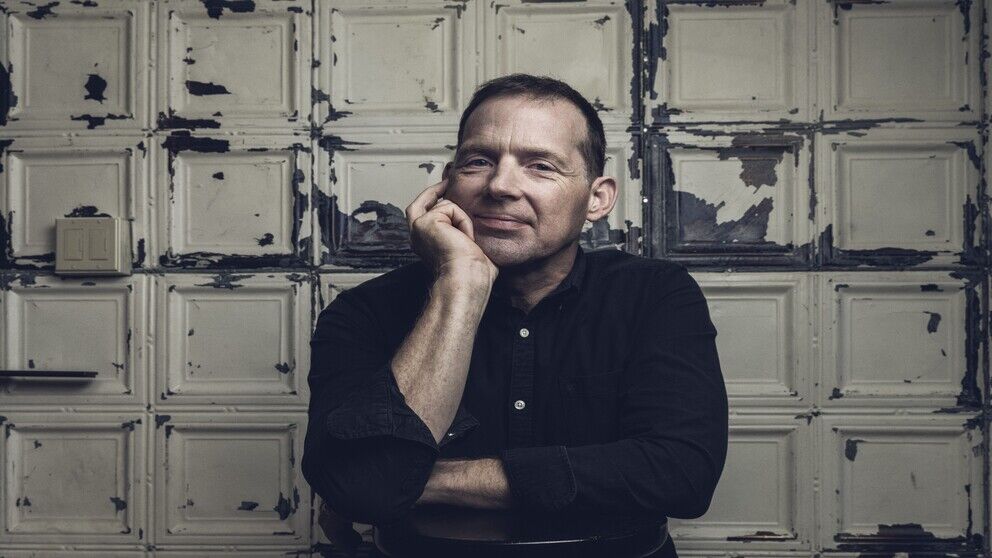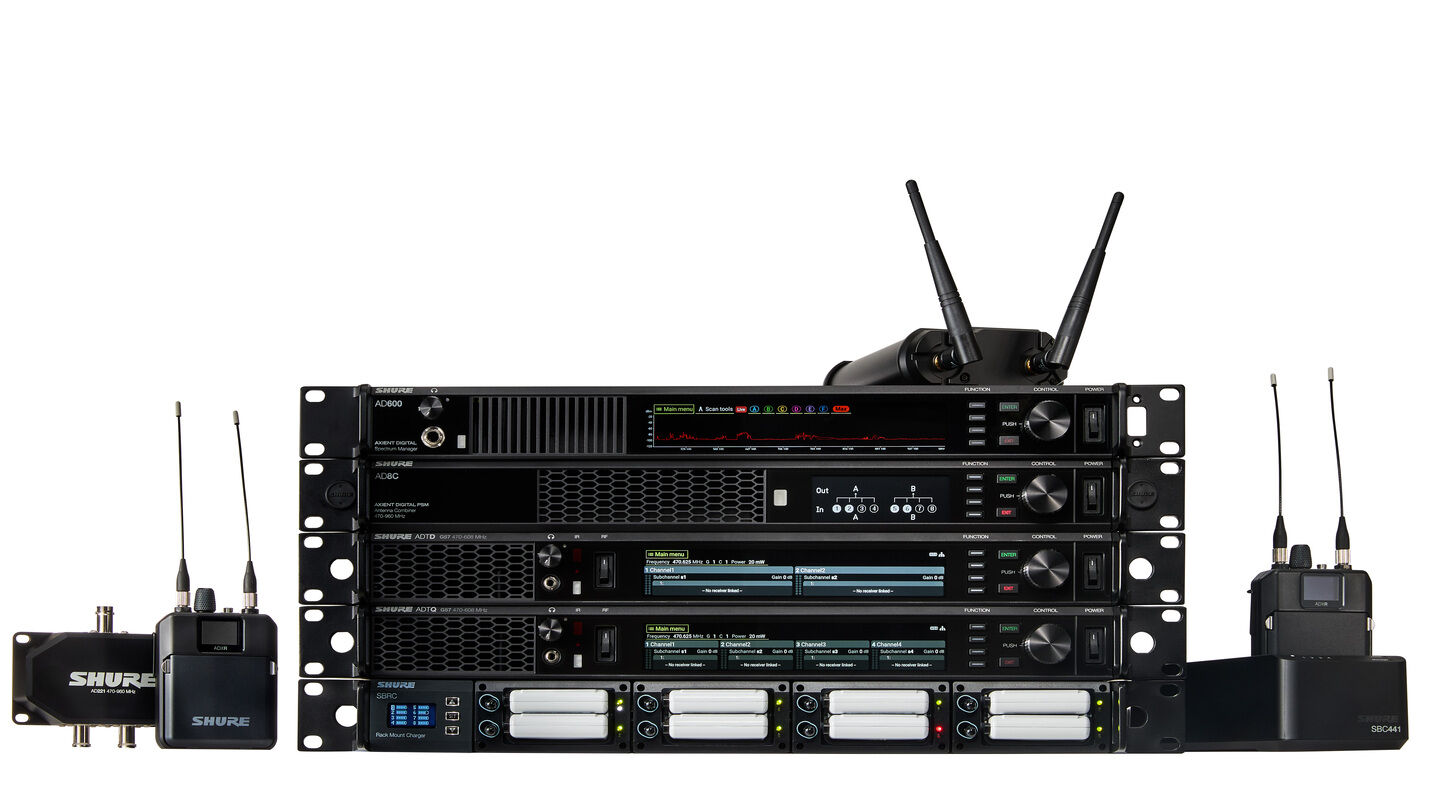Oscar-winning Sound Designer Johnnie Burn on why being a runner is still the best route to success and how he creates the unsettling unorthodox worlds for Yorgos Lanthimos, Jordan Peele and Jonathan Glazer.
Oscar-winning Sound Designer Johnnie Burn believes there’s no shortage of people wanting to come into the industry but that postgraduates often have a preconceived notion of what to expect that may not align with commercial pressures.
“Having a degree is a great way to get in but anyone who wants to succeed still has to maintain the attitude that there’s a lot to learn,” he says. “The learning you have from college will take you through the later part of your career much more quickly but unless you go and make tea, no one else in the company going to have that respect for you because they’ve all done it.”
Burn, who created the sonic world for films including Yorgos Lanthimos’s Poor Things, and Jonathan Glazer’s The Zone Of Interest, runs Academy Award and Bafta-nominated audio postproduction house Wave Studios, having grown it with...
You are not signed in
Only registered users can read the rest of this article.

Poacher turned gamekeeper: Netflix rules, for now
Netflix raids Hollywood to land a giant of old media, but having offered billions over the odds for ageing IP, would a smarter play have involved the creator economy?

Truth in the age of deepfakes: Building trust in the human-machine era
As deepfakes become prevalent throughout the media industry, experts at the BBC, Guardian, and ITN wrestle with the implications of today’s unprecedented levels of disinformation and distrust.

Rory Peck Awards: Truth has never needed its defenders more
This year’s Rory Peck Awards was an affirmation that press freedom is in severe danger, that it has become a vicious fight to sustain that facts matter. George Jarrett reports.

Camerimage: “The time to be afraid of AI was two years ago”
The festival of cinematography remains political with the rise of AI and gender equality bubbling beneath the surface.
.jpg)
Content Everywhere: Disruptive forces in 2025, from AI to ROI and SGAI
Looking back over 2025 to date, it’s clear that AI continues to widen its role in the Content Everywhere ecosystem, and many companies are becoming more discerning about how and where the technology should be applied to streaming and video technology. Clearly, there is still much more to come, and much more to learn, but what have recent developments taught the industry to date?



